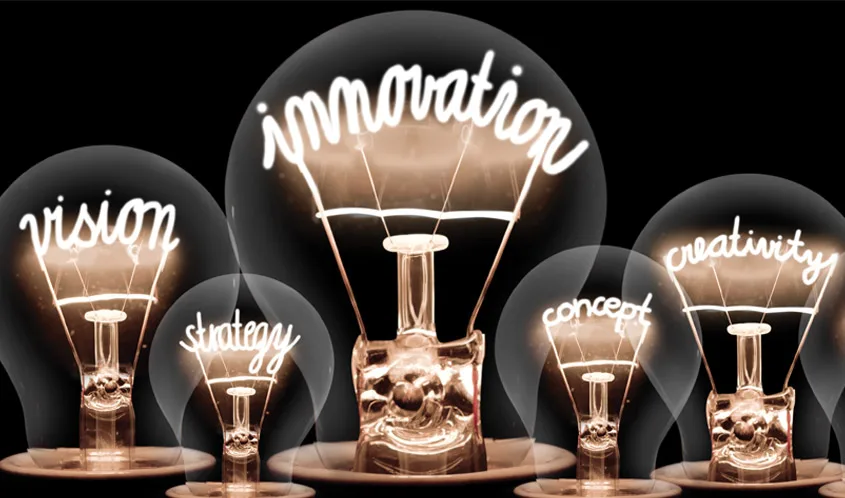by KAREN KILPATRICK, co-chair, South Florida chapter, Women in Toys, Licensing & Entertainment
Pooping unicorns? Pets wrapped like burritos? A brief stroll down the toy aisle will reveal that there is no dearth of creativity in our industry. The toy industry thrives on innovation, with each new season bringing a showcase of the creative forces behind some of the biggest brands and hottest new properties. From Eleanor Abbott (Candyland) and Ruth Handler (Barbie) to Sydney Wiseman (Fingerlings) and Angie Cella (Blinger), creators are at the heart of toy-making. However, creativity is a critical skill to cultivate in our industry well beyond inventors, designers, and internal creative teams. Why? Research shows that creativity benefits the bottom line: Companies across all industries that intentionally focus on creativity are more financially successful than those who don’t. But how exactly can you translate creative capacity into business value — and is it a process that can be encouraged and effectively managed?
When I stumbled my way into the toy industry several years ago, it was as an independent creator with a dream — and while I eventually did get a toy on the shelf, my creativity served me as much (if not more) as a toy company executive and manager as it did as an inventor. In an increasingly complex, global, and competitive landscape, creative thinking and problem-solving are what allows companies to successfully navigate obstacles and push past roadblocks. Creativity challenges the status quo, opens the door to big ideas, and leads to new opportunities. It is at the heart of innovation, and innovation is what drives growth.
No matter what your level or position is, it is easy to fall into regular routines and patterns, especially in certain workplace cultures. Creativity entails risk and boundary pushing. Taking risks in the workplace, however, is often cause for hesitation, especially when it means you might fail. But failing forward is exactly what you must do, whether you’re an entrepreneur or intrapreneur. Working in ways that guarantee safe and secure results is not what will propel business success, and leadership teams should seek to cultivate a company culture that encourages fresh approaches to solving problems and creating new opportunities. Effective leaders encourage employees to fail forward, share new ideas, and try new ways of doing things.
Within organizations, it is important to have practices in place that not only can foster creative thinking, but that will allow insight to readily translate into action. This goes beyond just brainstorming for product or design ideas. From marketing and operations to sales and business development, creative problem-solving greatly impacts an organization in every department. Inspiration is not just a moment; it is a practice. It needs to be prioritized and approached with discipline — just like any other skillset.
As a former executive who’s led creative and marketing teams, as well as an entrepreneur who’s led business teams, these are my five tips for harnessing your creativity in the workplace and creating a company culture that encourages innovative thinking.
Do not fear failure. Breaking free of “frozen thinking” — hanging on to ideas that we don’t question but should — requires taking risks. Risks can be scary, but the rewards can be immense. As a leader, encourage others to share ideas freely, and lead by example. Just because things have always been done a certain way doesn’t mean there isn’t a better way. Create a culture of excitement, not fear, by encouraging and valuing ideas.
Analytics are important, but don’t forget the art behind the science. Look at the issues from all perspectives to come up with new approaches and solutions.
Become comfortable with ambiguity. In an ever-changing world, flexibility is key. Creative thinking and problem-solving often mean taking an unknown path, so be prepared for uncertainty.
Announce your company’s goals. Build and promote a strong narrative detailing what your team or company is trying to accomplish — and how everyone has a role in achieving a collective goal. Challenges are opportunities to try something new, and working toward a common goal makes people more invested in their work and willing to contribute.
Surround yourself with creative thinkers. There is nothing better than being surrounded by other interested and invested women (and men) who can lend an ear, advice, or a connection as needed.
This article originally appeared in the December/January 2020 issue of the Toy Book.


